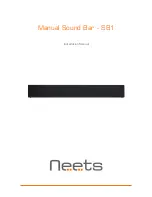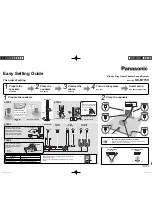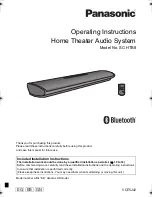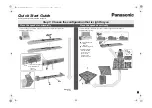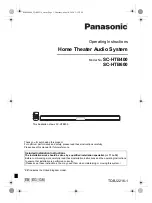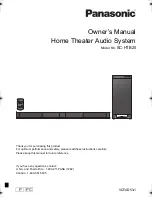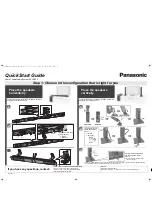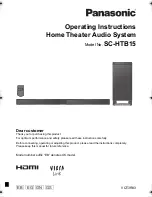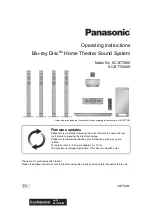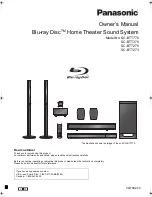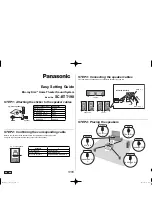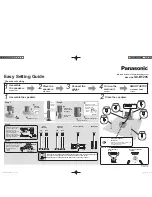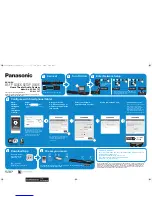
8
More than 30 years ago, Henry
Kloss designed the now-legendary
KLH
™
Model Six, the first speaker
system to exploit the potential of
two-way design to provide
extraordinary performance at a
moderate cost. A decade later, he
took the two-way concept still
further with The Advent
™
Loud-
speaker, one of the best-selling
speaker models of all time.
Today Henry Kloss has come full
circle to yet again exploit the cost/
performance advantages of a
properly conceived two-way
loudspeaker. The result is Cam-
bridge SoundWorks’
Model Six
, a
basic two-way system named in
honor of his first ground-breaking
two-way system.
Not An “Extension Speaker”
Henry is adamant that
Model Six
not be considered just as an
“extension speaker,” or a surround
speaker, as often happens today
with moderate-cost models. “
Model
Six
is a serious
main
speaker with
sufficient frequency range and
power-handling to satisfy serious
music listeners. I’ve worked as hard
on this speaker as any I’ve ever
designed, including those costing a
lot more.” The result, he points out,
About The
Model Six
is that
Model Six
speakers, when
combined with a good AM/FM
receiver and CD player comprise a
complete music system for $500-
$600 that seriously outperforms
typical pre-packaged “shelf” or
“rack” systems.
Costly Components
At the heart of
Model Six
are its
drivers, a 1
3
/
4
" cone tweeter with
center
5
/
8
" dome, and a newly-
designed 8" acoustic suspension
woofer. While classic in their
simplicity, these drivers and their
configuration differ significantly
from other two-way, moderate-
cost systems.
First of all,
Model Six
’s crossover
frequency is 2,000 Hz, much lower
than many other two-way designs.
This lower crossover makes it
possible to ensure a smooth,
systems) uses a compliant butyl
rubber suspension that allows the
“long-throws” necessary to
reproduce music in this range.
The 8" woofer cone is larger than
those found in other speakers of
Model Six
’s size and price, enabling
it to move substantial amounts of
air at low frequencies. The woofer’s
magnet and voice coil are also
larger and costlier than usual. The
result is that
Model Six
’s bass is
both more accurate and more
extended than similar systems.
Thanks to proper design and
materials, no individual frequencies
predominate, or are missing. But as
with all Henry Kloss designs, that is
only the beginning. He then goes on
to “voice” the system – painstak-
ingly fine-tuning octave-to-octave
balance. The care with which this
process has been carried out with
Model Six
, more than any other
single factor, accounts for Henry’s
statement that he worked as hard
on this speaker as any other he’s
ever designed.
Cabinet Design
“Listeners who don’t have a lot to
spend need not be shortchanged by
a product’s appearance any more
than by its performance” says
uncolored upper midrange with
wide dispersion. It would be
impractical to use this low a
crossover frequency with conven-
tional tweeters that can’t handle
sufficient power in the 2,000 Hz
region. But
Model Six
’s tweeter (the
same as used in our
Ensemble













